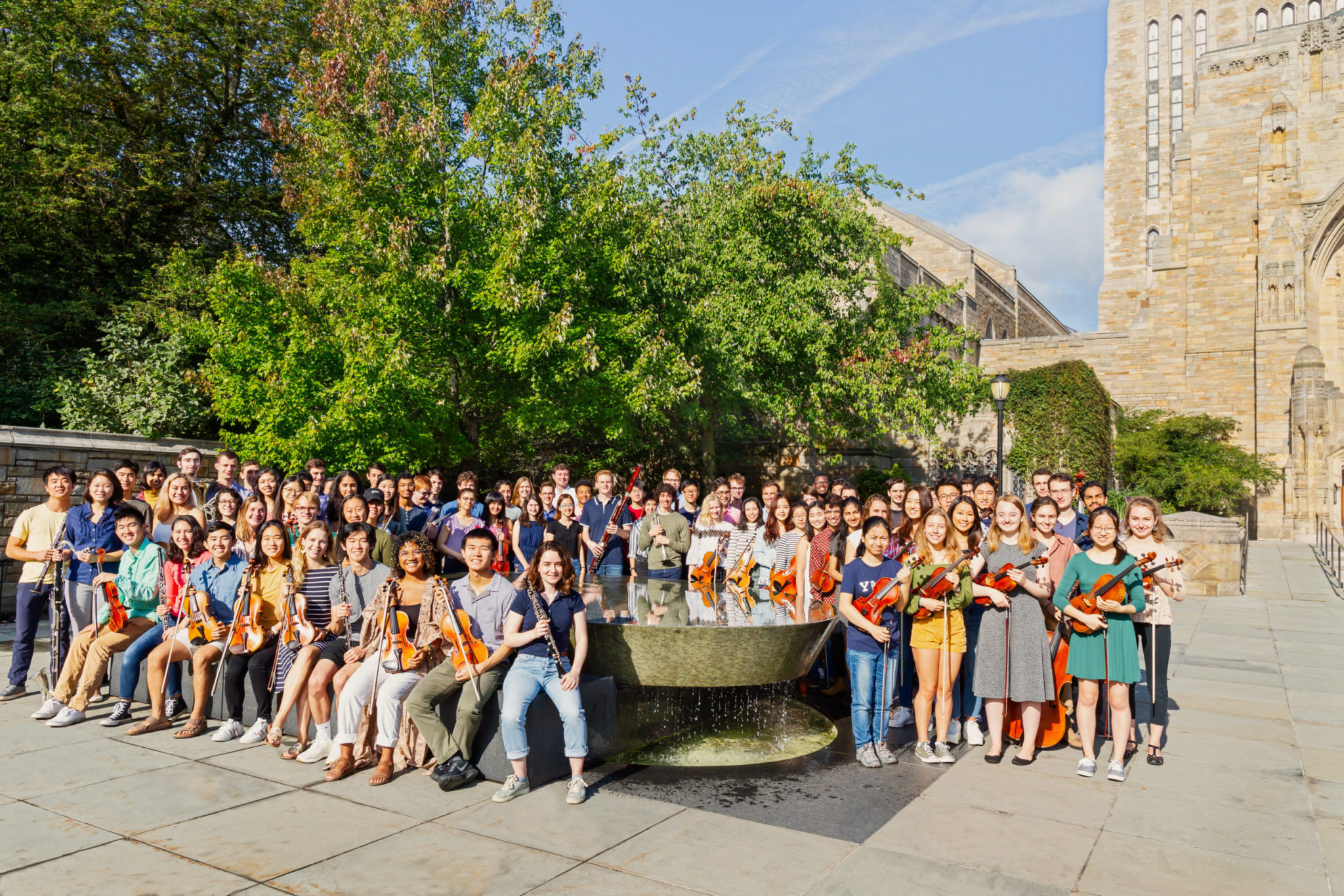
Karissa Van Tassel
This semester, transitioning the 100-person Yale Symphony Orchestra into a fully remote activity has been difficult at best.
As the YSO attempts to move its programming online, it must grapple with several obstacles. These include technical difficulties with sound lags, time zone differences and the inability to accurately capture music sounds on Zoom. William Boughton, director of the YSO, described the adaptation to an online environment as “impossible.”
“Nothing can replicate the experience of being together and making a beautiful piece as one in a single room altogether looking at a baton,” Kyle Shin ’24, a cello player, said.
The YSO continues to meet twice a week, on Mondays and Wednesdays. Sessions take place over Zoom for an hour and a half, and they typically consist of listening to recordings, discussing them and experimenting with portions of pieces. The main adjustment to the YSO’s routine has been a division of the orchestra into sectionals to allow students to rehearse separately. Sectionals are groups of student musicians playing the same instrument, led by principal players.
“It’s been okay so far because everyone has been willing to be pretty flexible,” Aditya Chander GRD ’25, concertmaster of the YSO, said. “But obviously, it’s nothing like the way that we’ve had to do it.”
Chander explained that when rehearsing, one person unmutes their microphone while the others continue to play along muted. Even though this impedes the opportunity to exchange feedback, this seemed to be the only way to overcome technical lags over Zoom.
“It’s kind of as close to the real thing as we can get now,” Chander said.
Yet some students have attempted to sidestep these technical difficulties via innovative solutions over Zoom. For instance, Shin said that sometimes a student shares a metronome with the rest of the group to keep everyone on the same beat.
The digital transition also poses the challenge of integrating first years into the YSO community and preserving social interactions among current members.
Boughton noted that a sense of family within the orchestra is “the most important thing.” According to Dylan Fernandez de Lara ’23, co-principal of the second violin section, maintaining a sense of community can get “tricky” in the absence of in-person events. To compensate for the lack of social interaction, the YSO has organized “families” — groups of five to six students — that meet online outside of practice sessions for more close-knit “bonding experiences.”
“We’re really investing time and trying to build a robust social life and incorporate our first years into the orchestra family,” Stella Vujic ’22, president of the YSO, said.
Nevertheless, the remote learning environment has introduced some novel benefits for the orchestra. The group has had unique opportunities to play with prestigious musicians including Miriam Hartman, principal violist of the Israel Philharmonic Orchestra. Such experiences would not have been possible in person.
Despite the challenges introduced by online rehearsals, most students expressed gratitude for the opportunity to engage with the orchestra this year.
“I’d rather like to get this interaction via Zoom than have the whole orchestra canceled because of the pandemic,” Fernandez de Lara said.
The YSO is currently preparing for online performances, with the annual Halloween show first on its agenda.
Tania Tsunik | tania.tsunik@yale.edu
Rohan Krishnan | rohan.krishnan@yale.edu







